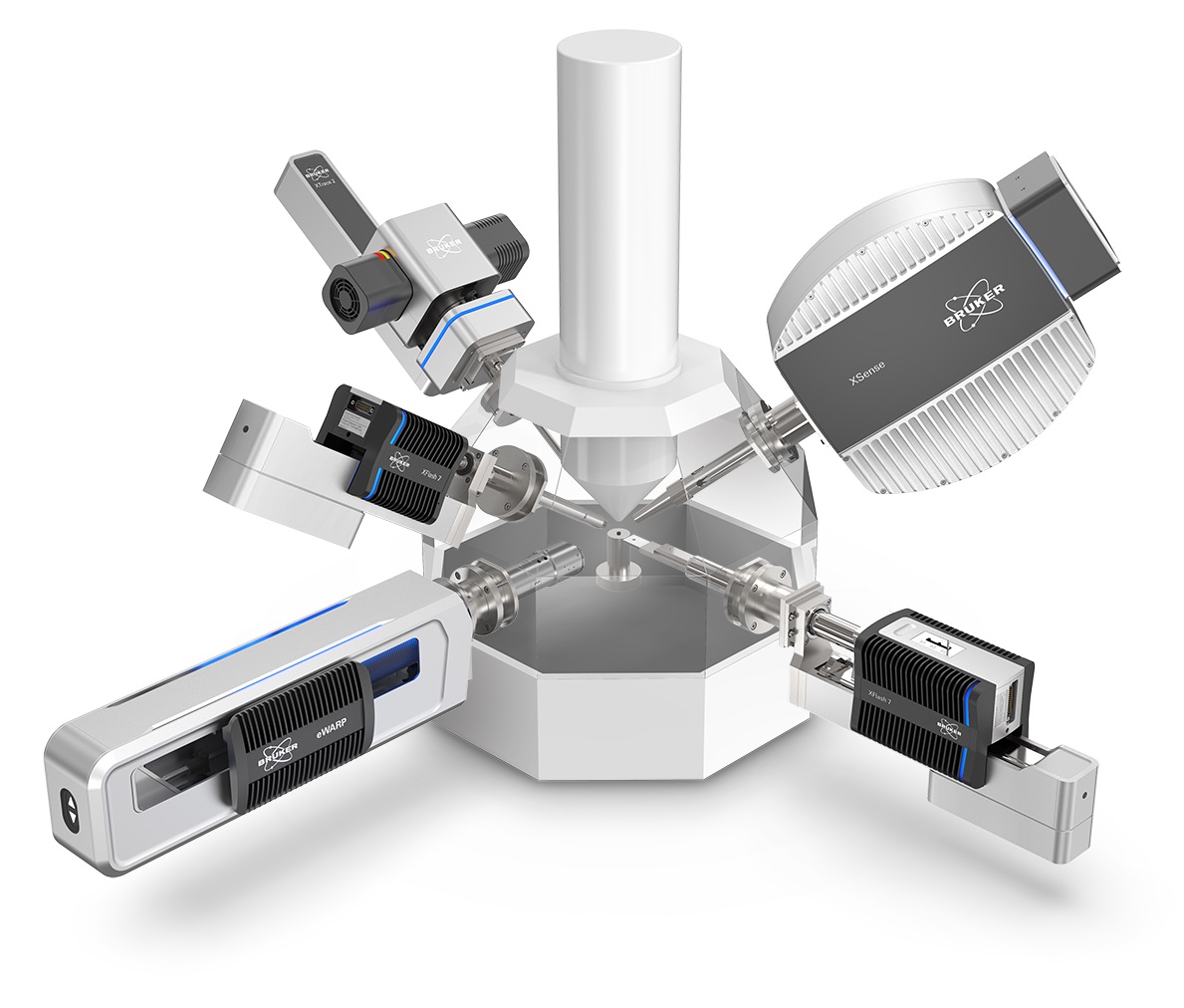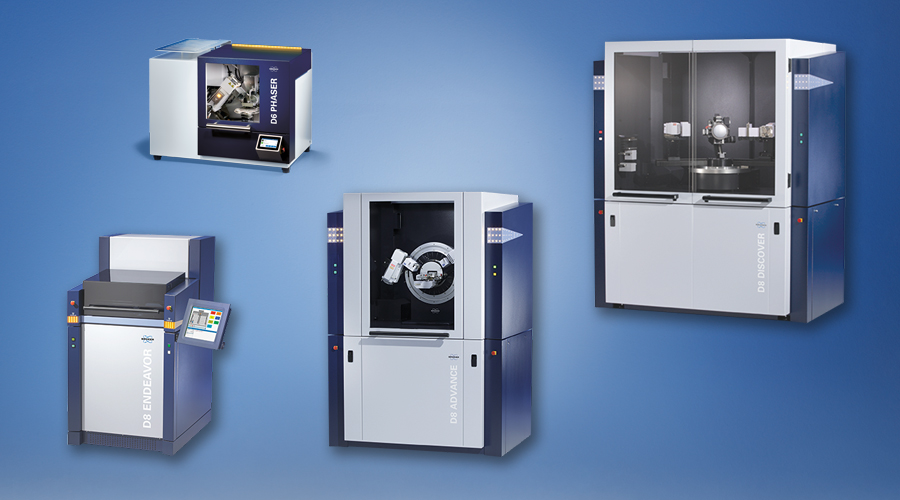

Non-Ferrous
Nickel-based Superalloy Microstructure Characterized by EBSD
Superalloys are high-performance metallic alloys which maintain their properties at high temperatures, close to their melting points. Because of their superior strength, corrosion and oxidation resistance at temperatures up to 1200°C, they are key materials for high temperature enigineering applications, like in the aerospace industry. To response the increasing demand for superalloy, manufacturers are looking for producing lower cost light-weight superalloy with improved oxidation and corrosion resistances without being at the expense of the alloy strength. Bruker offers a complete range of analytical tools to help researchers and manufacturers in developing stronger and light-weight superalloys by understanding and controlling the microstructural and chemical changes. Bruker's innovative analytical solutions for SEM and TEM, namely, QUANTAX EDS, EBSD, WDS and micro-XRF helps you investigating the effect of phase precipitation,trace elements concentrations or grain boundaries on superalloys properties.
Here an application example, to illustrate the importance of EDS assisted EBSD measurement in successfully identifying and indexing the different phases, including fine precipitates.
Optimization of Turbine Blades
Jet engine turbine blades undergo high pressure and temperature which would cause many materials to fail. To sustain these conditions, they must not only be fabricated from superalloys, but they must also have a very strong single crystal texture. X-ray Diffraction is used to not only to check alloy composition, but also verify the crystallographic texture.

